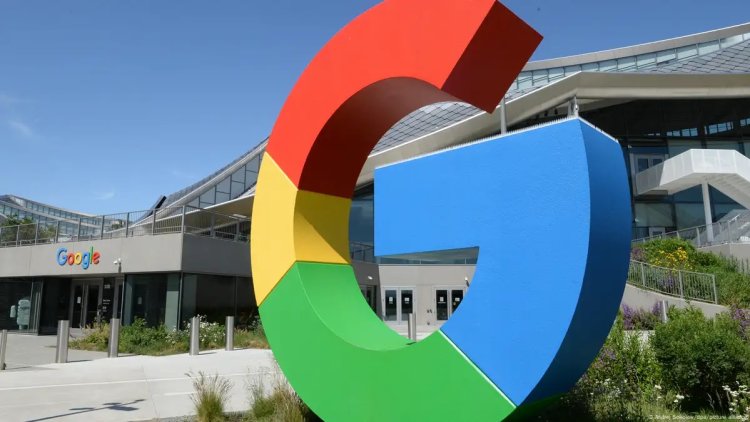Google Retains Third-Party Cookies in Chrome, Scraps Opt-Out Plan
Google reverses its controversial plan to phase out third-party cookies, keeping them in Chrome while shelving the opt-out initiative, sparking industry debate over privacy.

In a surprise turn for digital advertisers and privacy advocates alike, Google has announced it will retain third-party cookies in Chrome, abandoning its long-mooted plan to force publishers into an opt-out consent framework. This decision, laid out in a blog post on April 25, 2025, recalibrates the future of online tracking, targeting, and user consent, and reverberates across the adtech ecosystem.
The Road to This Reversal
Google first signalled its “Privacy Sandbox” initiative back in 2020, aiming to replace third-party cookies with new, privacy-preserving APIs. The company then proposed a “Global Privacy Control” style mechanism: a universal signal within the browser that would block tracking unless users explicitly opted in. However, feedback from publishers, advertisers, and regulators was mixed—some welcomed stronger user choice, others feared fractured standards.
Why Google Changed Course
According to Google’s announcement, pilot tests revealed that an opt-out-first approach risked disrupting ad revenue for publishers, many of whom rely on third-party cookies to monetize content. With fragmented consent signals and uneven adoption across browsers, the company concluded that maintaining third-party cookies, while still advancing Privacy Sandbox APIs, would provide a smoother transition and avoid sudden revenue shocks.
Industry Reaction
Publishers cheered the reprieve, viewing it as a much-needed lifeline while they adapt to new tracking standards. Major adtech players issued cautious statements: while they support Google’s Privacy Sandbox, they stressed the need for cross-browser collaboration and interoperability. Privacy groups, however, lamented the delay, arguing that users remain exposed to pervasive tracking without easy opt-out mechanisms.
What’s Next for Privacy Sandbox
Google doubled down on its commitment to roll out Privacy Sandbox proposals, Topics, FLEDGE, and Protected Audience API, while offering extended timelines for testing. Developer guides and updated Chrome flags will allow publishers to experiment with these new APIs in parallel with legacy cookies. Google hopes this dual-track approach sparks broader adoption and standards convergence before phasing out cookies at a future date.
Implications for Advertisers
Marketers now have breathing room to leverage existing cookie-based targeting and measurement tools, but they must start sandbox integration without delay. Brands are advised to audit their dependency on third-party cookies, invest in first-party data strategies, and pilot Sandbox APIs to understand potential performance differences.
Final Thoughts
Google’s decision to keep third-party cookies in Chrome, while shelving the opt-out plan, reflects the delicate balance between privacy, user choice, and the economic realities of the free web. As the Privacy Sandbox evolves, collaboration among browsers, regulators, publishers, and advertisers will be key to forging a sustainable, privacy-centric future for digital advertising.












